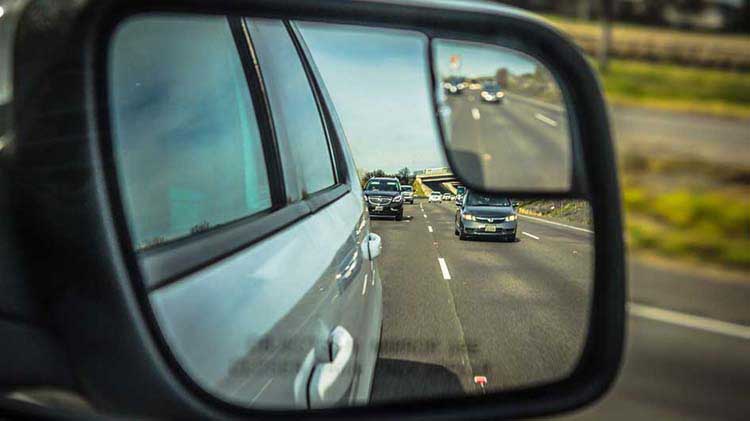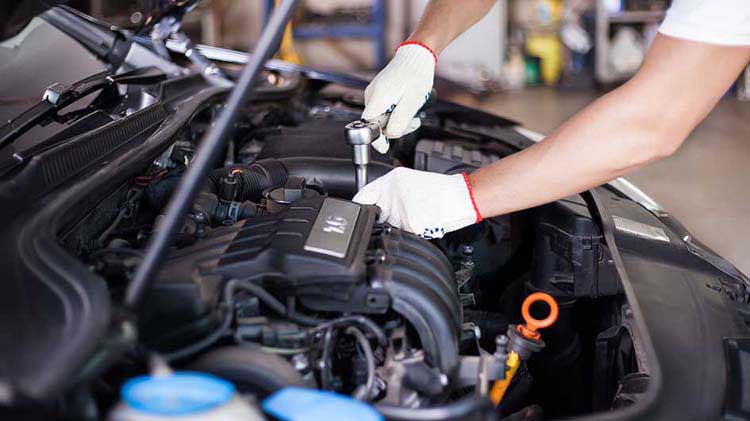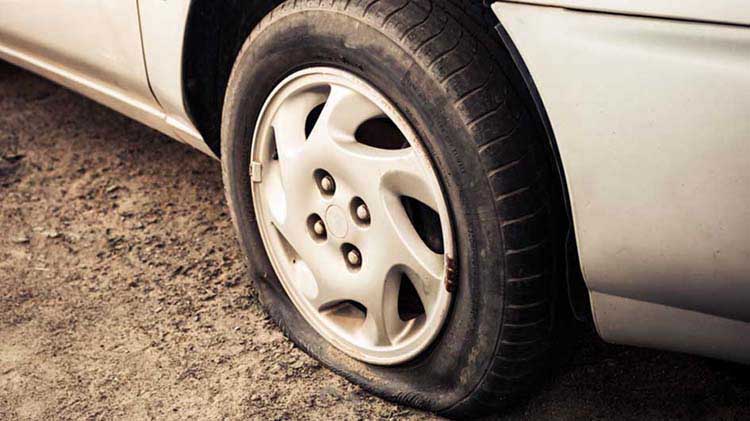How to use driver assist features safely
Assisted driving features are on the rise, but these technologies can't drive for you. Consider our tips for using this technology.
More automotive companies are introducing advanced driver assistance systems (ADAS) to help you drive carefully on the road. But it's still important to stay cautious behind the wheel. Learn how to keep being a smart driver with this smart technology.
What is driver assist?
Car manufacturers have a variety of driver assistance systems to offer. Among them are:
- Lane departure detection: Alerts the driver when the vehicle approaches or crosses a lane.
- Anti-lock braking systems: Prevents the brakes from locking up allowing the driver to continue to steer the vehicle.
- Blind spot detection: Alerts the driver of vehicles that are in their blind spot.
- Adaptive cruise control: Adjusts the car’s speed to maintain a safe distance behind the vehicle that is in front of them.
- Adaptive headlights: Headlights that will pivot in the direction you’re traveling.
- Cameras: Backup and side cameras can help detect items not easily seen by the driver.
- Automatic emergency braking: Applies the brakes automatically when a forward motion crash is imminent.
- Drowsiness detection: When the vehicle senses the driver needs a break, an indication is sent.
- Global Positional Systems (GPS): Detects the location of the vehicle based on signals from satellites.
Using driver assist technology safely
No matter how high-tech your car is, it's important that you:
- Pay attention. With more automated features, drivers may more easily be distracted by electronics or passengers and more. Avoid these common driving distractions to stay safer on the road.
- Provide the brains. Automated systems are helpful — but they're not human. Drivers still need to be able to respond quickly in road situations.
- Revisit the basics. As drivers begin to rely on car features, they may often forget to check mirrors, look in blind spots when changing lanes and other basic driving skills. Get back in the habit, regardless of whether your car is helping.
Where driver assist features fall short
Safety sensors may not respond ideally to all real-life situations. For example:
- Lane departure sensors signal if you've drifted into another lane, but they may not recognize an icy patch, faded lane markers or sharp curves in the road.
- Adaptive cruise control will increase or decrease your vehicle's speed based on the pace of traffic ahead, but it may not respond as quickly if another car suddenly cuts over into your lane.
- Cameras with sensors can detect objects in your car's path — like small animals or pedestrians — but drivers may begin to rely on the sensors alone and be less inclined to check their surroundings.
Take a look at the latest car safety features that new cars have available. A combination of good driving skills and car safety features may help keep you and your family safe while on the road.




